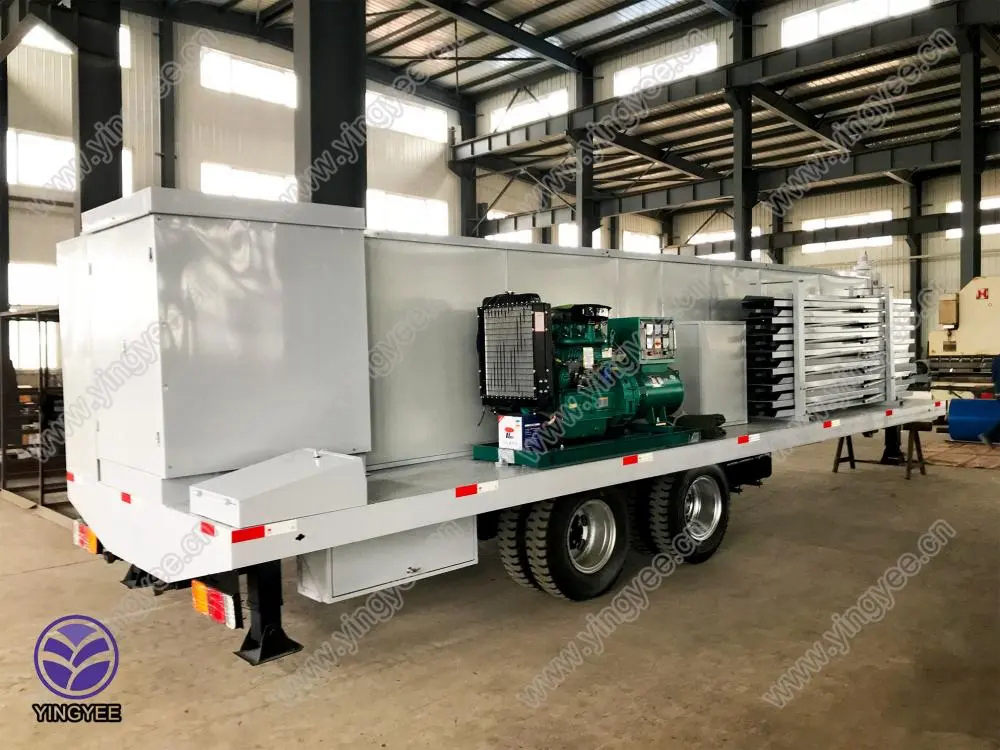
Understanding C Purlin Roll Formers Essential Machinery for Modern Construction
In the construction industry, the demand for structural components that are both lightweight and strong has led to the widespread adoption of C purlins. These metal profiles, typically made from steel, are vital for providing structural support in various applications, such as warehouses, commercial buildings, and residential projects. To efficiently produce C purlins in a cost-effective manner, manufacturers often utilize a C purlin roll former, a specialized machine designed for this purpose.
What is a C Purlin Roll Former?
A C purlin roll former is a type of machinery that takes flat steel sheets and transforms them into C-shaped profiles through a series of rollers and forming stations. The process begins with the feeding of the flat steel into the machine, where it is gradually shaped into the desired profile. This method of production is known for its efficiency, allowing for high volumes of purlins to be manufactured quickly.
The Benefits of C Purlin Roll Forming
1. Efficiency and Speed One of the primary advantages of using a roll former is the speed at which C purlins can be produced. Traditional methods of manufacturing, such as cutting and welding, can be time-consuming and labor-intensive. In contrast, roll forming provides continuous production, enabling manufacturers to meet tight deadlines without compromising on quality.
2. Material Utilization Roll forming minimizes waste as it utilizes the entire width of the steel sheet. Unlike other methods that may involve cutting the steel into specific lengths, roll forming produces the desired profile as it moves through the machine. This not only reduces scrap but also enhances overall material efficiency.

3. Customization C purlin roll formers can be easily adjusted to produce a variety of sizes and thicknesses, allowing manufacturers to cater to specific client needs. The flexibility of the machinery enables adjustments to be made on-the-fly, ensuring that different specifications can be met without significant downtime.
4. Consistent Quality The automated nature of roll forming contributes to consistent quality across batches. Once the machine is set up to produce a specific profile, it can replicate the dimensions and characteristics of the purlin with precision. This is crucial in construction, where uniformity and reliability of structural components are paramount.
5. Cost-Effectiveness Given the high production speeds and material efficiency, C purlin roll formers can significantly reduce production costs. Additionally, the durability and strength of the finished products enhance their attractiveness to builders and contractors, often leading to increased demand.
Applications of C Purlins
C purlins are commonly used in a variety of construction applications. They serve as secondary framing components for steel structures, providing the necessary support for roofs and wall cladding. Their lightweight nature makes them an ideal choice for buildings where weight savings are crucial. Additionally, C purlins are versatile and can be used in various environments, including industrial buildings, agricultural structures, and even in residential designs.
Conclusion
The C purlin roll former represents an essential advancement in manufacturing technology for the construction industry. With its ability to produce high-quality, customized purlins efficiently and cost-effectively, this machinery contributes significantly to modern structural engineering. As demand for lightweight and durable structural components continues to rise, the role of C purlin roll formers will undoubtedly remain critical in shaping the future of construction. With ongoing advancements in manufacturing techniques, it is an exciting time for the development and use of these essential machines.